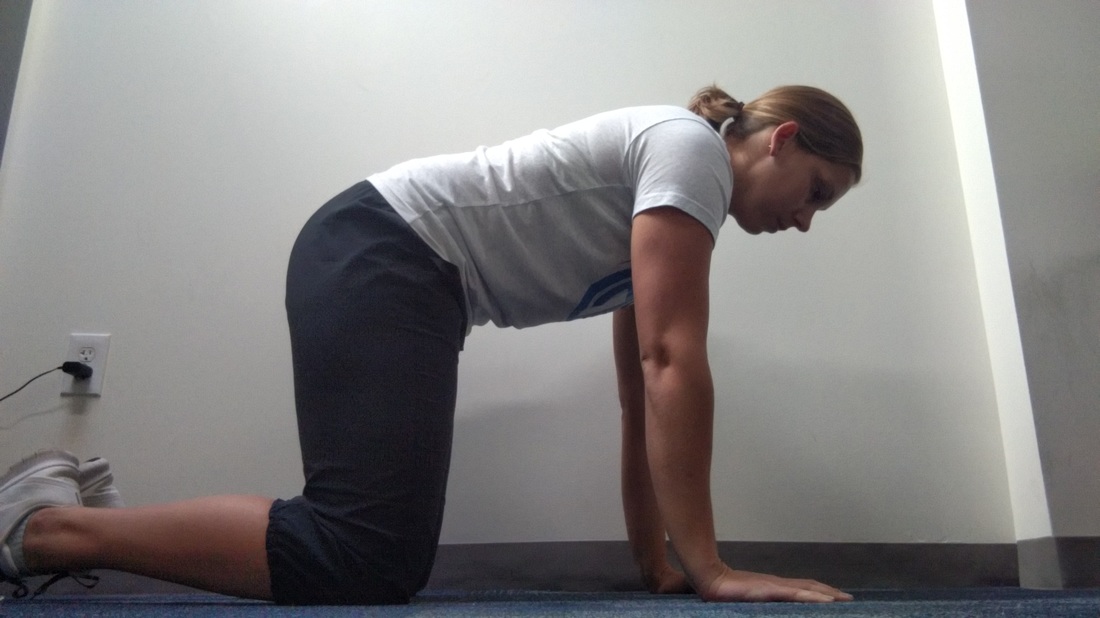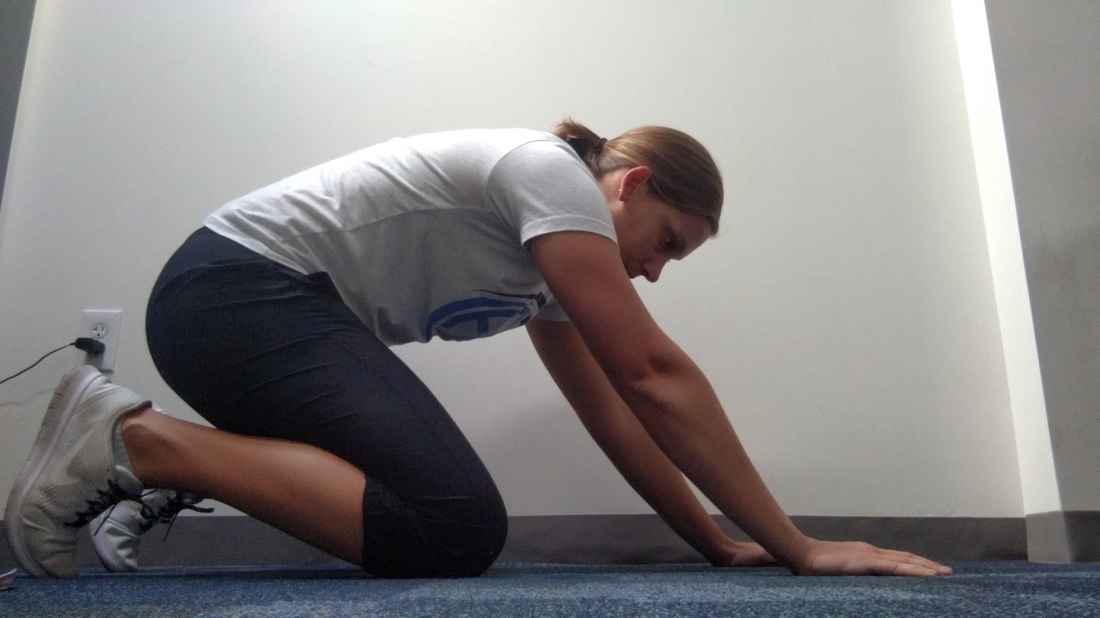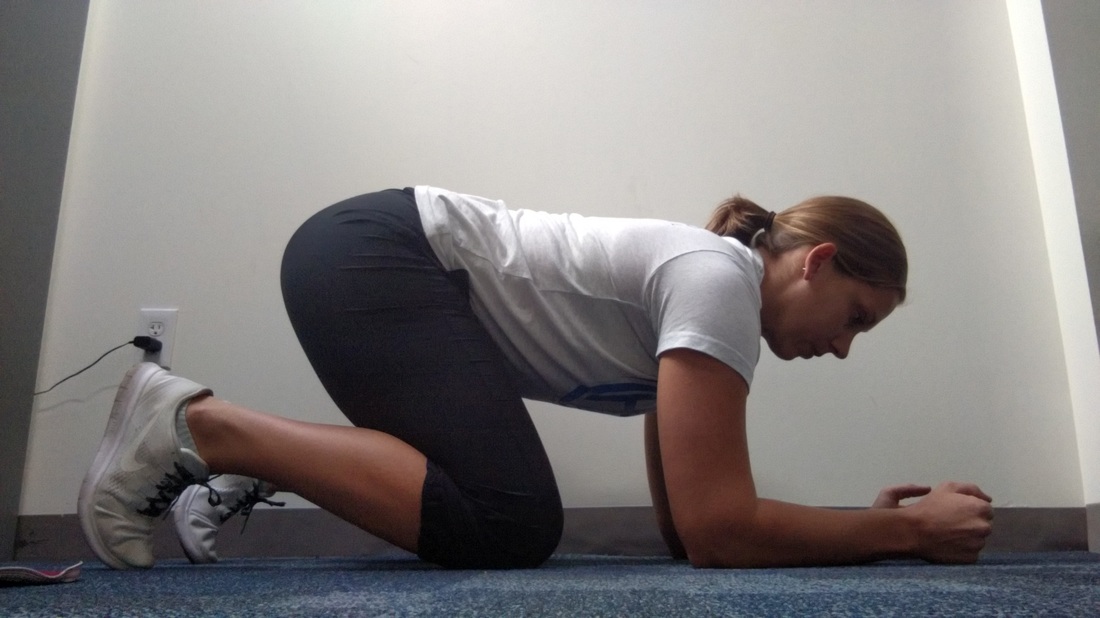The Limiting Factor of Your Squat: Part II
Oct 12, 2016Last week I outlined some mobility restrictions that are likely the culprit if you have pain or trouble with squat pattern. Hopefully you have tried those mobility exercises out, even if you think you are flexible. There is sometimes a lingering asymmetry here and there from past injuries and such.
So, you checked your mobility and you have the ideal mobility for a squat. What else could it be?
The “butt wink” is a pelvic reversal or loss of the lumbar curve at the bottom of the squat. A few things can cause this—bony architecture and tibia to femur ratios, lack of mobility usually in hip flexion or internal rotation, and/or poor motor control throughout the squat pattern. I will not get into the debate of the first possibility. Yes, we are all unique snowflakes, but let’s make sure our mobility and control are up to par before we blame our parents.
To be sure you are setting yourself up for success, check and see if your foot placement is ideal for your bony make-up and mobility. This is best done on your hands and knees with a partner watching and preferably filming. Make sure that your hands are below your shoulders. Rock forward and backwards the finally settle at the center—ask your partner to confirm that you are actually centered. From here, slowly push your hips back as if moving to child’s pose.

Watch your pelvis; when you notice that is starts to rock backwards, this is where your butt wink starts when you are standing with this foot distance. Now widen your knees out a few more inches and repeat. Did the pelvic reversal look the same, better or worse? If better, a wider stance in the squat would work better for you. If worse, stay narrow. If the pelvic position was the same, check in with how your hips felt during each of the two foot positions. Say in the wider squat you felt a bit of pinching, then stay narrow.
Top picture: no butt wink, so a good foot position.
Bottom picture: butt wink, so I will likely have a pelvic reversal with a squat to this depth or deeper.

Going a step further, you can move to your forearms to mimic the forward inclination of the torso during a squat. Perform the same steps. In the picture below, this is right before I start to have a pelvic reversal, so this is my target depth with loaded squats.

After finding the correct foot placement, stand up and try a few more squats. Is the butt wink still there? Yes: if you are in the correct foot position and have ideal mobility, keep reading!
Many of the athletes that I treat fall into these categories:
Very flexible and can squat with their booty to their ankles
Report feeling tightness in their hamstrings, even though they can bend forward and put their palms on the floor
Have back pain with squats that increases at the bottom of the squat, often one-sided but not always
Always sore in the quads after squats, rarely glutes or hammies
Does this sound like you? Here are two of my favorite exercises to start working on motor control of the lumbar spine, hip and pelvis under load as well as posterior chain strengthening.
The tempo goblet squat: This exercise forces anterior stabilization by adding a weight at the chest. The deep core must fire to offset the kettlebell. With a 3 second count lowering to the box, motor control of the lumbopelvic area is even more challenged. Additionally, squatting to a target allows the athlete to sit back more in the squat, engaging the glutes and hammies. This is often a new input for these athletes who are quad dominant. Check it out here: Goblet Box Squat
The banded bird dog: Practicing moving your extremities while under the load of a small band is important before you try to move big weight. The bird dog requires hip and midline control with movement, made a bit harder by adding a band. Again, having a partner for a form check or performing this by a mirror is ideal. Many people will have a movement fault and not even realize! The goal is to keep the back and torso in the neutral position throughout. As soon as your form falters, take a break. Check it out here: Banded Bird Dog
Add these exercises to your strength days and/or warm up a few times each week. Maintaining your core and pelvic control throughout the range of motion is the first step to easing back pain and improving your strength in the squat!
If you try to self-manage for a few weeks and still see no change, let us know. We would love to help you here at Athletes’ Potential!
Dr. Jackie, PT, DPT, OCS, CSCS
Let us help you figure out to live your best active life today!
Remember, Movement is Medicine!

